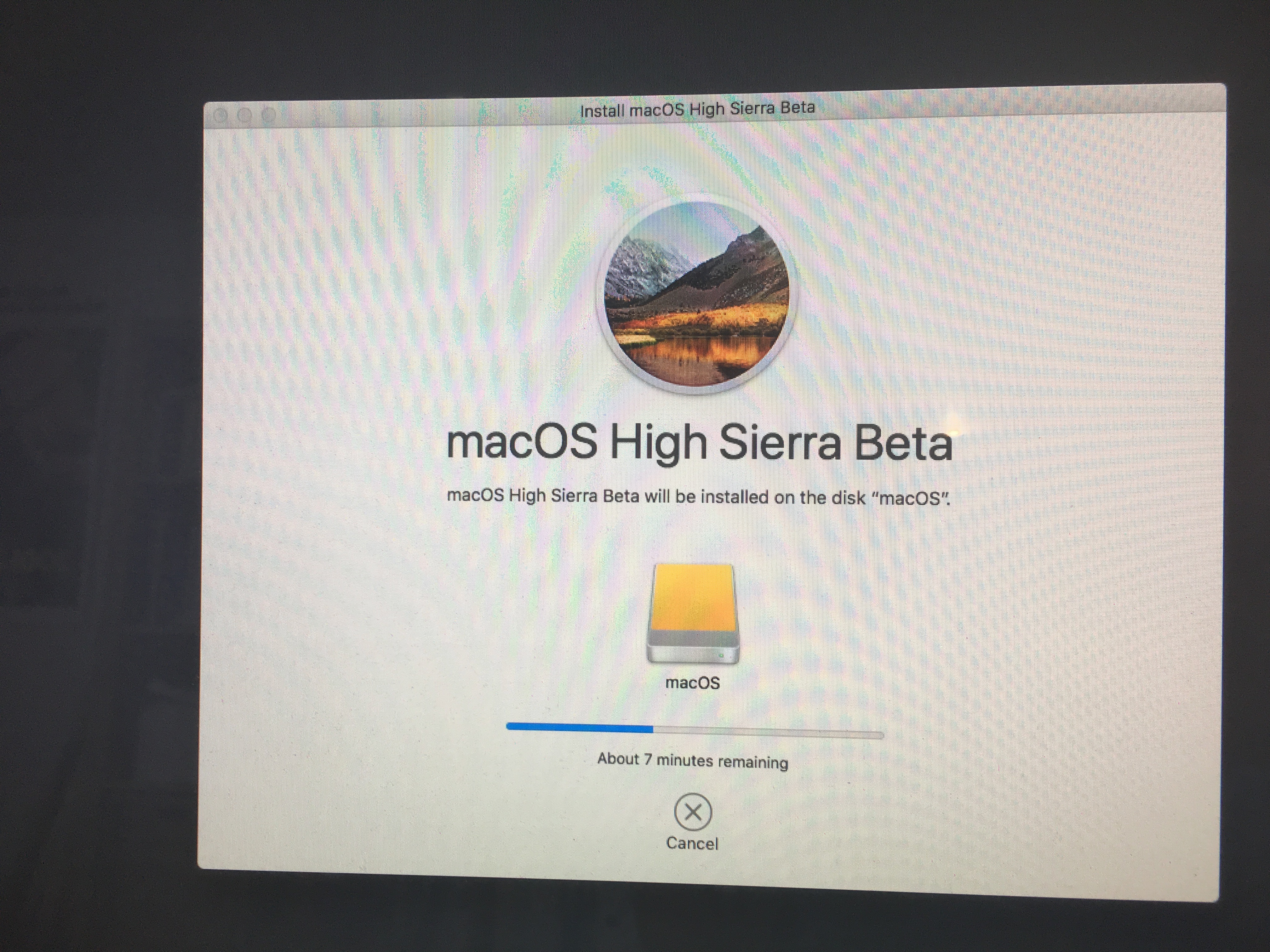


Maybe somebody else can help with that particular factor. I've never tried a recovery tool on a TM backup drive, and have no idea if anything can be done. Tools that recover hard drives may not know the difference between files and links. In a lot of cases that will be the first backup on the drive. What TM puts on the drive are not really files, for the most part, but links to files, in chains, from backup to backup until you get to the last time the file changed.

But I'm not really that optimistic on that because of the TM backups. You can also look at some of the third party recovery tools, also not inexpensive, to see if any of them can recover your data. There are professional services that may be able to rescue your data, but it will be expensive. However, I suspect that the failed mirroring process may well have damaged the "directory" structure of the drive to the point where it can't be fixed short of a reformat. They do claim it works, and from some of the posts in the forum there, it does seem to work with macOS. If you need to back up any information on the drive, first connect your drive to a computer that does recognize the drive and transfer the data to a new storage device.I think you meant FreeFileSync, not FeeFileSync, so I did some reading at their website. Choose "Mac OS Extended (Journaled)" to use the default Mac file system format. Click the "Format" drop-down menu and select the format you want to use. Select your hard drive from the list and click the "Erase" tab. Restart "Disk Utility" if you had to restart your computer to perform a repair and you still don't see your drive. You may need to restart your computer and follow the prompts to complete the repair.Ĭlick the "Finder" icon in the Dock and look for your drive in the sidebar.

If the operating system already mounted the drive, an "Unmount" button displays instead.Ĭlick the "First Aid" tab and select "Repair Disk," if available. Select your hard drive, optical drive or other attached drive in the sidebar. Click "Go" and select "Utilities" from the drop-down list. Click the background to bring up the Finder menu in the the top bar.


 0 kommentar(er)
0 kommentar(er)
